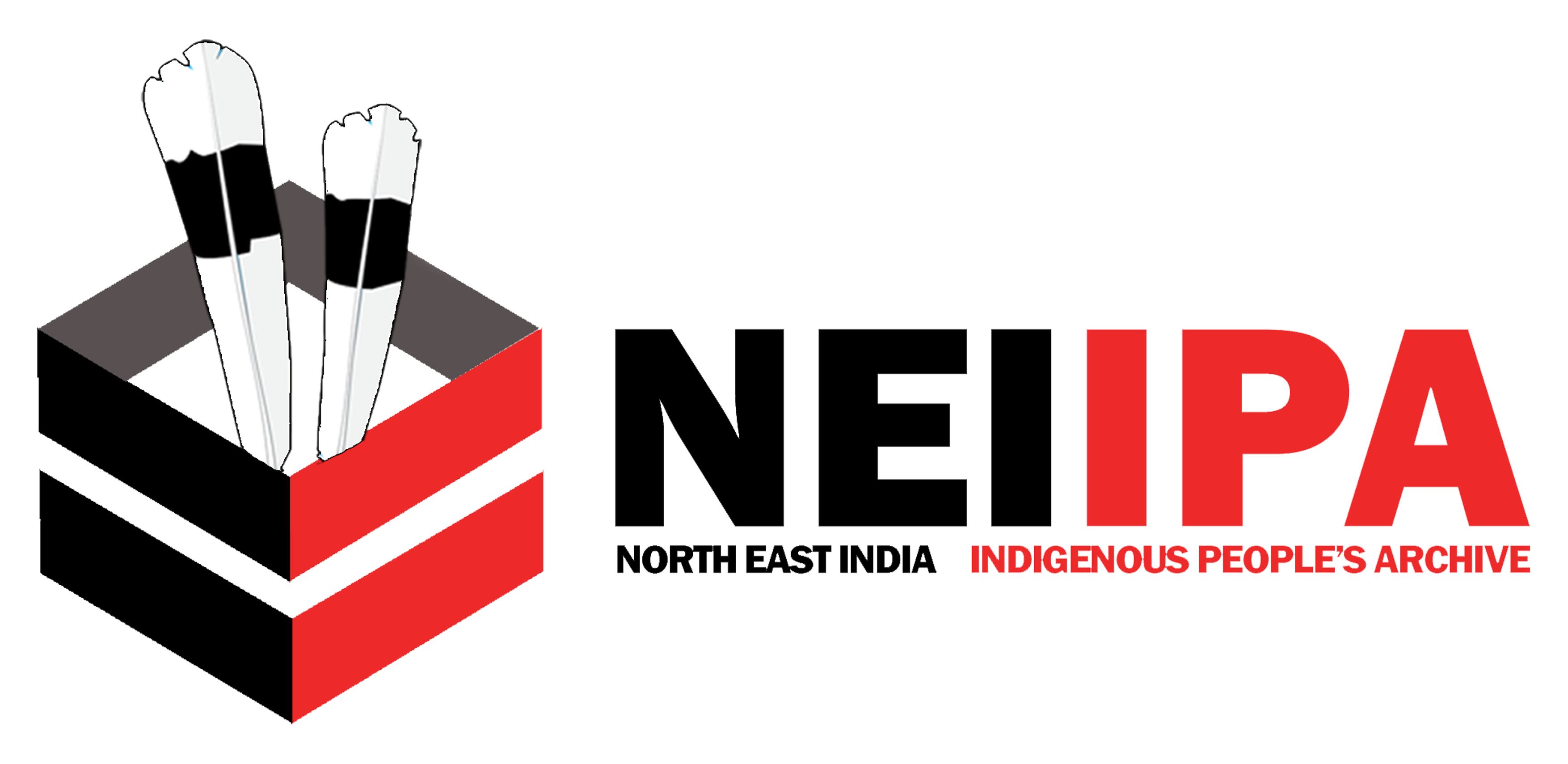Yimkhiung is one of the tribes of Nagas found in Nagaland, North East of India. The nomenclature ‘Yimchungrü’ or ‘Yimchunger’ is said to be a misspelled version of the original tribal name Yimkhiungrü (Yim, 2012, p.4). The name Yimkhiung originated from two words: ‘yim’ meaning ‘search’ or ‘look for’ and ‘khiungrü’ meaning ‘those who reached or found’ (Yim, 2010). According to census of India 2011, the population of Yimkhiung (Yimchungre) is 83,259. The 2005 population count by the Yimkhiung Tribal Council (YTC), shows the population count at 1,15,000 (Yimchunger, 2020).
The Yimkhiung Naga Tribe mainly inhabits the two districts of Tuensang and Kiphire in the eastern part of Nagaland. Their land stretches from Mount Saramati in the East to Helüppong in the West (Sema, 1986, p.7). The surrounding area includes Longleng in the North, Phek district in the south, Myanmar in the East, and Mokokchung and Zunheboto districts in the West. By way of tribal groups, the Yimkhiungs are surrounded by the Khiamniungan tribe in the east, Chang tribe in the north, and Sumi, Sangtam, and Pochury tribes in the west. They have their unique aspects of culture and traditions while they share many aspects in common with the Nagas.
The ISO code for Yimkhiung is 639-3: yim. The Yimkhiung tribe has six varieties- Langa, Chirr, Tikhir, Longphur, Mükok, and Phunung (Yim, 2012, p.1). It must be noted however that Tikhir was officially recognized as a separate tribe by the Government of Nagaland in 2022 (Yimchunger, 2020). All these six groups form an endogamous group. The rule of clan exogamy is strictly maintained. The Yimkhiung community maintain a nuclear family. Among these six varieties, the Langa variety is the standard variety. The standard Langa Variety is spoken in the upper region under the Tuensang district and the other five varieties- Chirr, Tikhir, Longphur, Mükok, and Phunung, are spoken in the lower region which comes under the Pungro subdivision of the Kiphire district. The existence of six varieties has its origin in pre-historic times. As years went by there was a need to form ‘one language- one tribe’ and after several meetings, on 18th February 1950, the six groups confirmed their togetherness as a Yimkhiung tribe, and Langa variety was accepted as the common medium of communication (to be known as Yimkhiung language) (Yimchunger, 2020). There are six major clans within the Yimkhiung tribe, namely: Khiungrü, Küsenkhiungrü, Jangrü, Jankhiungrü, and Khipurü.
References:
Yimchunger, Tsukumla. 2020. Mapping of Linguistic Diversity of Yimkhiung: A Linguistic Study. Unpublished M.Phil Thesis, Department of Linguistics, North Eastern Hill University, Shillong.
Yimchunger, Chuba L. (2012). Many More Stories from Nagaland. Dimapur: Offset Printers.
Yim, Khalenmew. M. (2010). The Yimchungrü & Christianity: A Brief History. Daniel Brothers.


